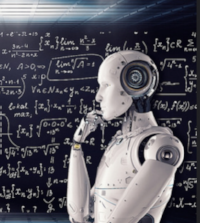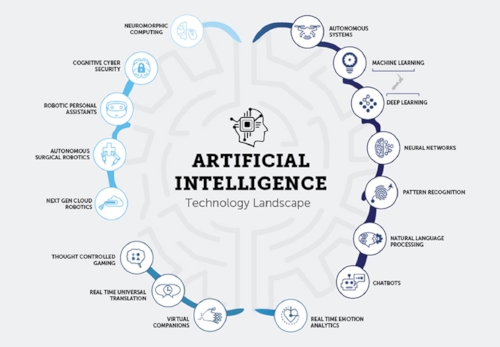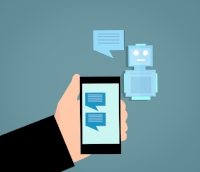Image via www.vpnsrus.com
Artificial Intelligence is opening up a new world of possibilities for arts organizations in terms of programmatic offerings, guest services, and management. A recent convening of the American Alliance of Museums, hosted by the Perez Art Museum Miami, and sponsored by The Knight Foundation and Alley Interactive, brought together museum professionals, technologists, and futurists to discuss how AI is, and can be used in museums with lessons applicable to all arts organizations.
Here are 8 takeaways for those thinking about what AI does, our could mean for their institution:
1. AI is Not New
Many people think of AI as something still in development that won’t be a part of our day to day lives until sometime in the future. While facets of AI are certainly in ongoing development, many forms of AI are already a part of our daily lives. Personal assistants, such as Siri or Cortina, are present on our phones and computers. Our homes are filled with Echos and Alexas who will play music with a quick voice command. Even our e-mail spam filters are powered by a form of AI.
2. AI Today is an Automation Not a Consciousness
Artificial intelligence, and other programs powered by machine learning, primarily work by assessing and detecting patterns, and making inferences and connections based on those patterns. This pattern recognition can reveal important managerial information such as audience dwell times at exhibit stations or an organizations social sentiments. It can even automate conversations between organizations and guests.
3. AI Exist in a Wide Variety of Forms
The landscape of AI is extremely diverse, and each form presents different opportunities.
Image Credit: Callaghan Innovatoin
4. AI Shouldn’t Be “Shiny But Useless”
AI has a lot of power to create amazing programs. However, it is important to ensure that the program is also has a purpose. AI can enhance user experiences, provide data, and streamline management processes.
5. Chatbots, Chatbots, Everywhere
Chatbots are growing ever more common. Simple FAQ chatbots can be created on many platforms such as Amazon Lex. More complex chatbots, such as Mitsuku, mimic human conversation in a more nuanced way. Museums such as the Akron Museum of Art have opted to use Facebook Messenger to present their chatbot. This option allows users to access the chatbot through an app that many people already have on their phone. AMT Lab featured a review on the free chatbot ManyChat last year.
6. AI Makes Measuring Social Sentiment Simpler
Many social media strategies revolve around planning content and output. However guests are also using social media to express their thoughts on their arts experience. AI tools can scrape social media sites to analyze this data and thereby provide valuable data on guest sentiment. For example, Sentiment Viz is a free tool that uses AI to analyze twitter sentiment associated with key words or organization names.
Image: Sentiment Viz screenshot
7. AI Tools Open New Opportunities for Audience Engagement
AI systems integrated into exhibits can help guests substantively engage with exhibits, and view how their understanding and beliefs interact and align with other. For example, at the Museu do Amanhã in Rio de Janeiro, Brazil, technologists from 32Bits created Iris+, Watson powered AI system helps users understand the exhibit and contextualize their experience through open ended questions, data visualizations which show how the user’s concerns and experience relates to that of other patrons, and social tie ins to engage users beyond the museum walls. Check out our interview with Iris+ designer Daniel Morena to learn more about how AI can power audience engagement.
8. Beware of Bias
The accuracy and output of an AI system is greatly impacted by the data it is trained on. If the underlying data is bias, the output will be bias. This also holds true for the data an organization inputs in to an AI analysis system. For example, if your input data is based on survey or mobile data that shows guest preferences and zip codes, and you thereby adjust your programming to align with those preferences, you will subsequently draw more strongly from those zip code, potentially alienating segments of your audience from your institution.
The world of artificial intelligence is constantly evolving. For more on AI and the arts check out:
Artificial Intelligence and the Museum: and Introduction
4 Ways to Enhance the Museum Experience with Artificial Intelligence





